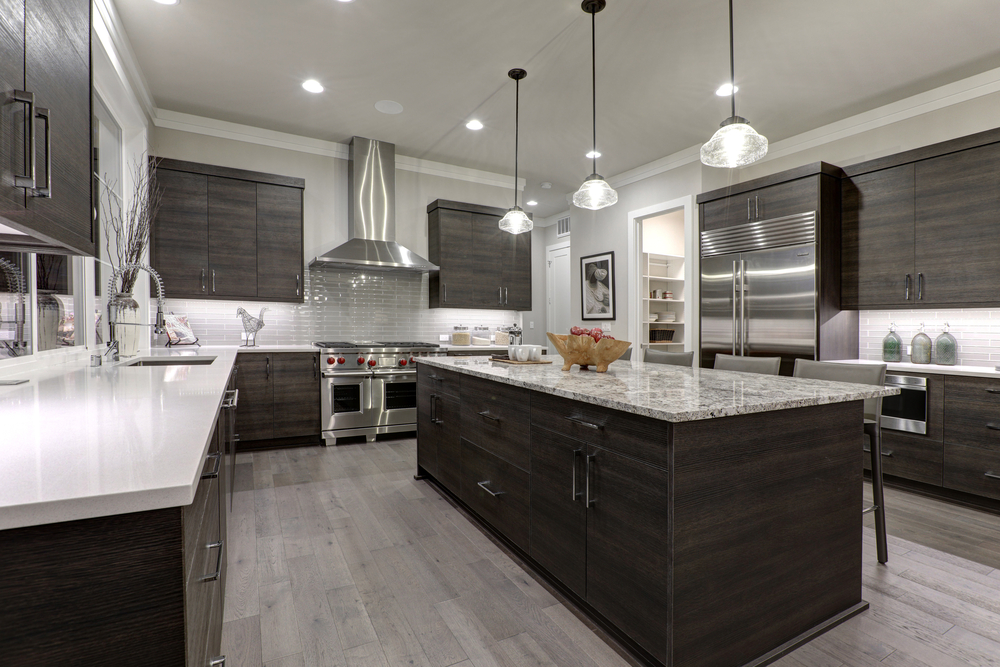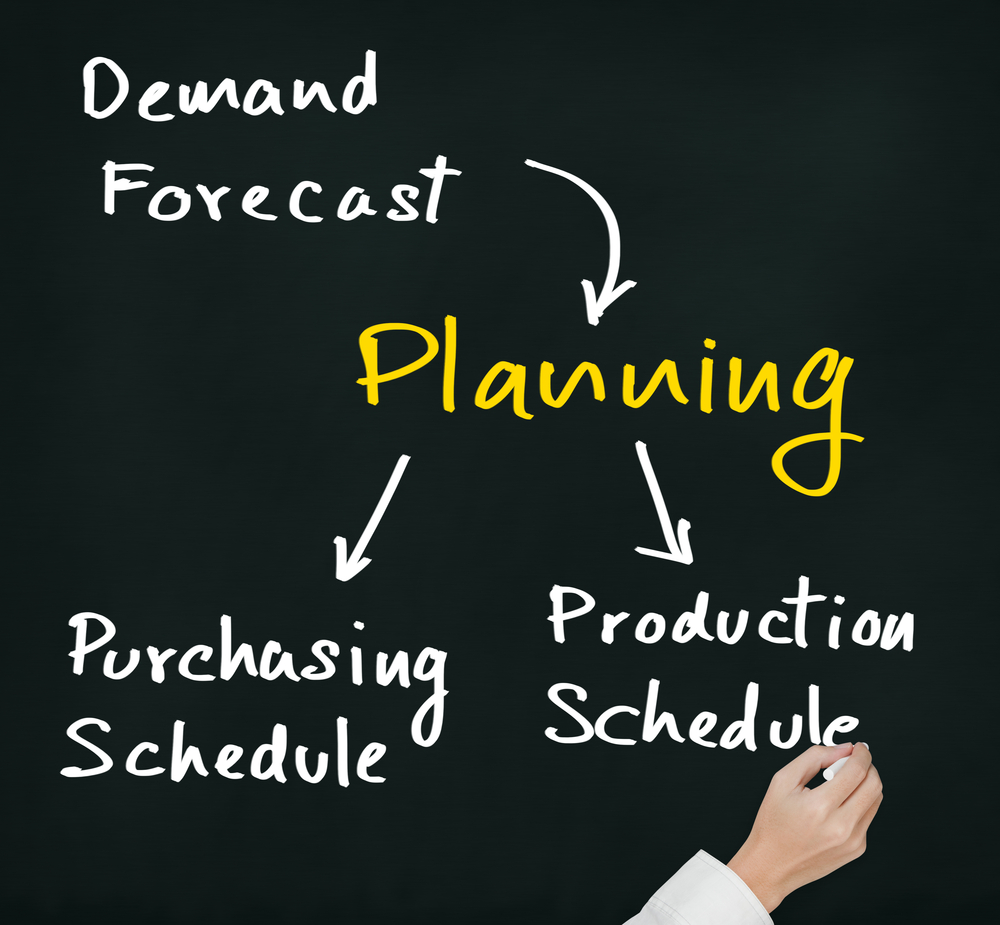
Advanced kitchen cabinet software solutions have become increasingly pivotal for cabinet manufacturers and designers in today’s market. That is because the popularity of custom kitchen and bath cabinetry in homes and offices is on the rise. In November 2023, the Kitchen Cabinet Manufacturers Association reported that total custom cabinet YTD sales were up 6.4% over 2022 and are expected to grow. As the market demand increases, so does the need for sophisticated manufacturing software.
The right cabinet manufacturing software not only facilitates the creation of stunning kitchen cabinet designs but also streamlines various aspects of the manufacturing process. Comprehensive ERP software features such as intuitive configurators, seamless design tool integration, and robust reporting capabilities are critical to the production of quality products.
In this post, we will explore the top features you should look for in ERP kitchen cabinet software. But first, let’s review recent trends in kitchen cabinet design most requested by buyers.
Trends in Kitchen Cabinets
The kitchen continues to hold its position as the heart of the modern home and office. Emerging trends in cabinet design reflect a blend of functionality, aesthetics, and sustainability. Trending designs include:
Color
White cabinets have long been popular in kitchen remodeling or new builds. Many people like the timeless appeal and ability to make spaces feel larger and brighter. However, there is a growing shift toward more diverse color palettes. Soft, muted tones like sage green, navy blue, or warm neutrals are gaining traction, adding warmth to kitchen designs.
Natural Finishes
Emphasizing the natural beauty, there’s a trend toward finishes that showcase the grain and texture of wood cabinetry. Matte or satin finishes are popular for enhancing the wood’s natural appearance while protecting against wear and tear.
Style

Trending kitchen cabinet styles vary and include flat-fronts, mixed materials, and wood grain features.
Clean lines, minimalist designs, and simple aesthetics are expected to remain popular this year. The trend highlights kitchen functionality and efficiency, with cabinets featuring flat-front, handleless designs, and integrated storage solutions.
Mixed Materials
Mixing different materials and finishes within kitchen cabinets adds visual interest and depth to the space. Combining wood with metal accents or cabinets with glass fronts alongside solid panels creates a modern and dynamic look.
Mixing different wood species within the kitchen can add appeal and dimension to the cabinetry as well. For example, combining lighter and darker woods or contrasting grain patterns can create a striking yet harmonious look. Reclaimed wood adds character and history to the space while also reducing environmental impact. Distressed finishes can further enhance the rustic charm of reclaimed wood cabinets.
Texture and Detailing
Incorporating texture and subtle detailing into cabinet designs can elevate the kitchen’s overall look. Textured finishes like matte, wire-brushed, or hand-scraped wood surfaces and decorative molding, grooves, or inlays are popular.
9 Top Kitchen Cabinet Software Features
Now let’s focus our attention on building the cabinets. Most custom manufacturers utilize some form of kitchen cabinet software for design and ordering. They also utilize an ERP system to streamline and optimize their cabinet manufacturing processes. Manufacturers that integrate the two realize the most benefits.
Here are some of the best features typically found in cabinet manufacturing software that combines both:
1. Customizable Product Configurator Tool
To meet unique customer specifications, many cabinet manufacturers offer a wide variety of options for their make-to-order kitchen cabinets. These specifications often differ from one order to another, encompassing dimensions, colors, materials, finishes, and other configurable options. An ERP with a robust product configurator tool is necessary to eliminate order errors that could result in rework. Even better is an ERP that works seamlessly with customer- and dealer-facing design applications.
2. Streamlined Dealer Management
Cabinet manufacturers don’t typically engage directly with the end consumer; they work with a network of dealers. As a result, it is imperative to provide swift and accurate quotes to help dealers close the sale. Dealer management tools that provide access to user-friendly quote and order interfaces simplify the process. This results in high-quality products with fewer order errors and less lead time from quote to delivery.
3. Design Tool Integration
Cabinet manufacturers typically utilize standard kitchen design software like Autodesk and other CAD applications. Look for an ERP that can easily integrate customization options into the quote and order process. This will allow the customer to view the ‘end product’ before production while eliminating final product configuration errors. The result is better design process, quality products, and increased customer satisfaction.
4. Mixed-Mode Manufacturing Allowance
Larger cabinet manufacturers often operate within a dual manufacturing model. Models include build-to-order processes for dealer networks and build-to-stock operations for mass-merchant channels. This necessitates an ERP kitchen cabinet software system that can accommodate both manufacturing modes seamlessly. It must also manage inventory effectively and generate essential outputs like 3D renderings and delivery schedules without error.
5. Quote and Order Management
Kitchen cabinet software that automatically generates quotes and manages orders is highly recommended. It should include product costing, order tracking, status updates, and order history. Automation ensures streamlined order processing and on-time delivery. Both are a plus for customer satisfaction and retention.
6. Inventory Management
Manufacturers must track raw materials, components, and finished products in real time. Inventory management features that help optimize stock levels, reduce waste, and prevent stockouts are highly desirable. Choose an ERP that provides these crucial insights into inventory movement and trends.

Frontier ERP kitchen cabinet software includes advanced forecasting, purchasing, and production planning and scheduling features for streamlined process management.
7. Production Planning and Scheduling
Look for kitchen cabinet manufacturing software that features that help improve productivity and on-time delivery. Consider an ERP that plans and schedules production tasks, allocates resources, and optimizes production workflows. This enables manufacturers to meet demand while minimizing downtime and maximizing efficiency.
8. Financial Management
Manage accounting processes, including invoicing, billing, accounts receivable, and accounts payable, within the ERP system. Financial management features provide visibility into cabinet business finances, support accurate reporting, and facilitate compliance with financial regulations.
9. Analytics and Reporting
Analytics and reporting capabilities enable data-driven decision-making and continuous improvement. Consider ERP kitchen cabinet software that generates comprehensive reports and analytics on key performance indicators (KPIs). Manufacturing KPIs such as production efficiency, inventory turnover, sales performance, and profits aid in forecasting and process improvement and development for improved efficiency.
Frontier ERP Kitchen Cabinet Software
Frontier ERP is specifically crafted to meet the kitchen cabinet software needs of custom manufacturers. Through continuous feedback from our customers, Frontier kitchen cabinet software has evolved into the perfect solution for managing your cabinet manufacturing company. Backed by our seasoned team and extensive industry knowledge, our software provides the best ERP software features required for your kitchen cabinet company to optimize efficiency and grow.
Conclusion
Demand for custom kitchen cabinets is rapidly evolving, emphasizing the need for advanced software solutions to meet growing demands. Features like customizable product configurators, streamlined dealer management, design tool integration, and mixed-mode manufacturing allowance are important when choosing a new ERP.
Quote and order management, inventory management, production planning, financial management, and analytics are also essential for success. With Frontier’s feature-rich ERP cabinet manufacturing software, manufacturers can optimize efficiency, streamline operations, and capitalize on emerging trends for sustainable growth in this dynamic industry.
To learn more about Frontier ERP, contact us today!



